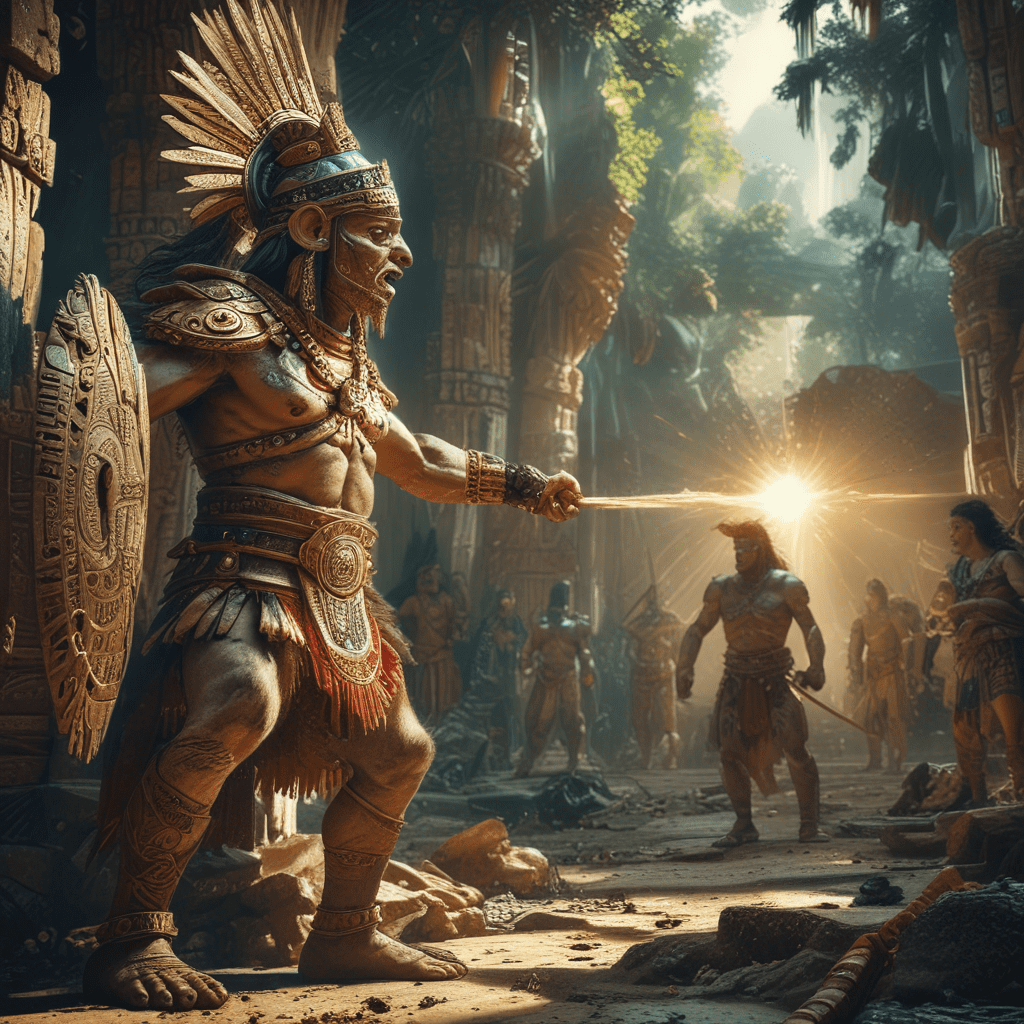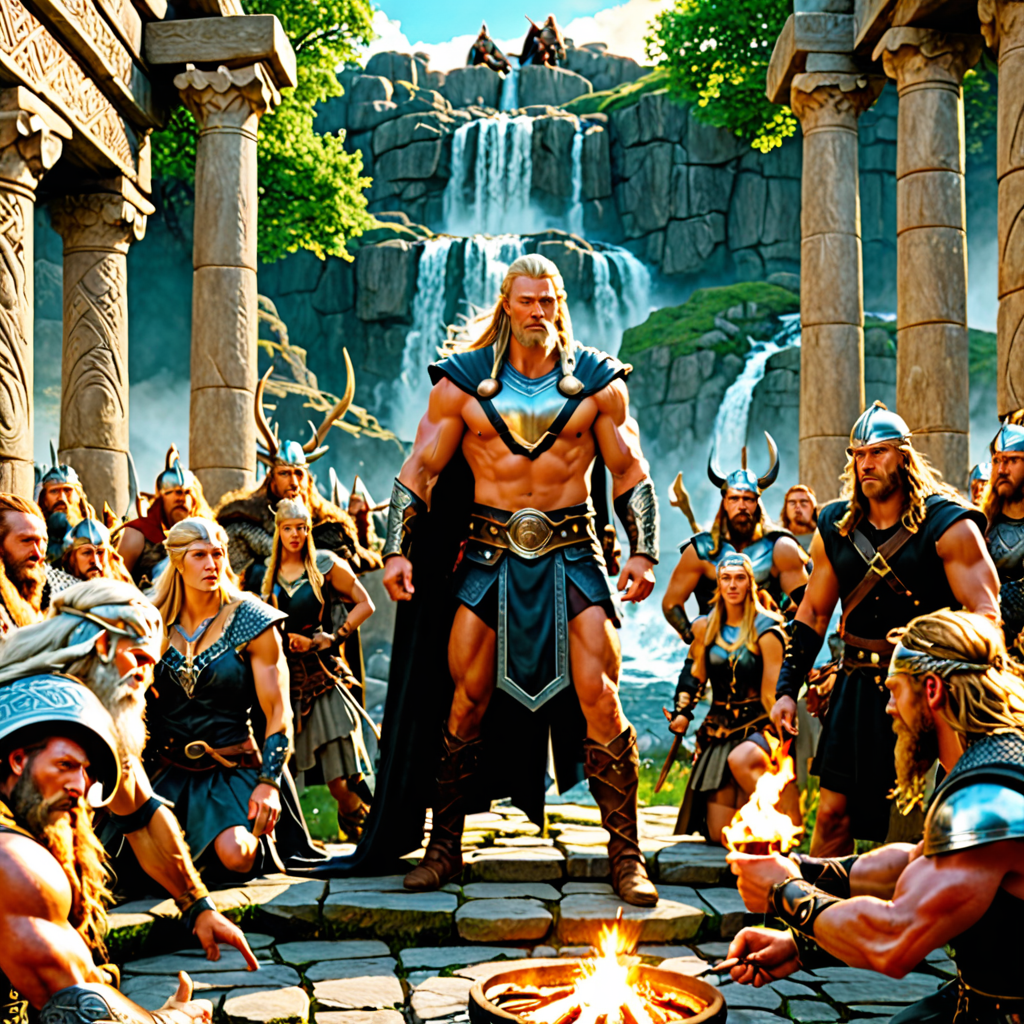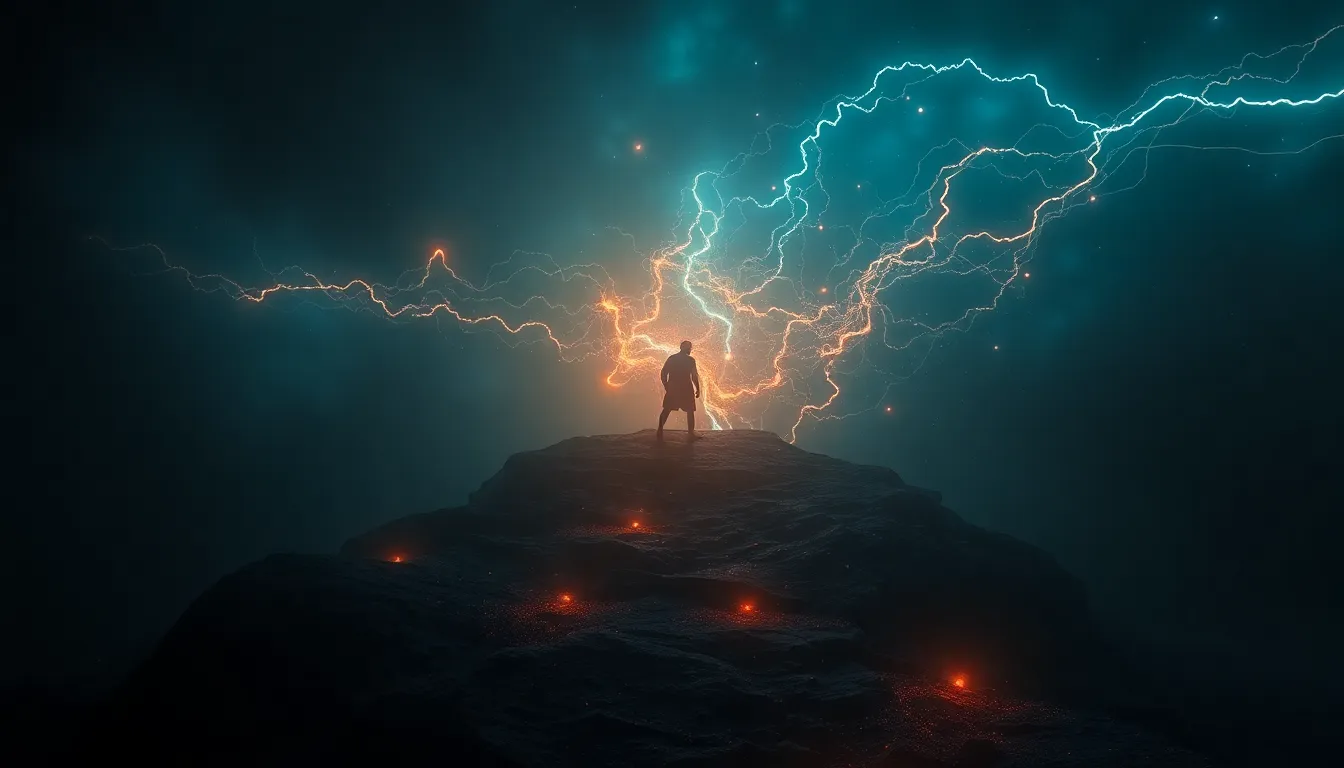Unveiling the Mystical Battlegrounds: A Glimpse into Mayan Mythological Warfare
The Mayans, a civilization that flourished in Mesoamerica, possessed a rich and complex mythology deeply intertwined with their understanding of war and conflict. Unlike the conventional battles fought on physical battlefields, Mayan warfare extended beyond the tangible realm, encompassing mythical battles fought on celestial and subterranean planes. This article delves into the fascinating world of Mayan mythological warfare, exploring its multifaceted nature, the deities and heroes involved, and the unique rituals associated with it.
From the Depths of Xibalba to the Celestial Heavens: Exploring the Multifaceted Nature of Mayan Conflict
Mayan mythology portrays a cosmos where battles raged not only on Earth but also in the celestial heavens and the underworld. Xibalba, the Mayan underworld, served as a battleground for the Hero Twins, Hun Hunahpu and Xbalanque, who faced treacherous trials against the Lords of Xibalba. Meanwhile, the celestial realm witnessed the ongoing struggle between celestial deities, often depicted as cosmic battles between the Sun and the Moon. This multifaceted representation of conflict reflects the Mayans' perception of the universe as a dynamic and interconnected space where the physical and spiritual realms intertwined.
The Pantheon of War: Gods and Heroes in the Mayan Cosmos
The Mayan pantheon housed a diverse array of deities associated with war and conflict, each embodying specific roles and attributes. Prominent among them were the Hero Twins, Hun Hunahpu and Xbalanque, renowned for their victory over the Lords of Xibalba. Their triumph symbolized the triumph of good over evil and the resilience of the human spirit against overwhelming odds.
Tohil: The War God and his Fiery Manifestations
Tohil, the patron deity of war, held a prominent position in the Mayan pantheon. Depicted as a fierce and powerful warrior, Tohil was believed to wield the power of fire, embodying the destructive and transformative aspects of warfare. His association with fire underscored the Mayans' understanding of war as a catalyst for change and renewal.
The Maize God and the Sustenance of the Warriors: A Symbiotic Relationship in the Mayan Worldview
The Maize God, a central figure in Mayan mythology, played a crucial role in sustaining the warriors. His association with agriculture and fertility highlighted the symbiotic relationship between war and sustenance. The Mayans believed that the Maize God provided the warriors with the physical and spiritual strength necessary to endure the hardships of battle.
Ritualistic Battlefield: Beyond the Physical Realm
Mayan warfare extended beyond the physical realm, encompassing elaborate rituals and symbolic practices. Bloodletting and sacrifice played a significant role in appeasing the gods and ensuring their favor in battle. The Mayans believed that offerings of blood and other precious substances fueled the cosmic struggle and empowered their warriors.
The Ball Game: A Ritualized Representation of War and the Pursuit of Honor
The ball game, a prominent ritual in Mayan society, served as a symbolic representation of war and the pursuit of honor. The intense competition and the high stakes involved in the game mirrored the challenges and risks associated with warfare. The victors were celebrated as heroes, embodying the ideals of courage, skill, and resilience.
The Significance of Captives: Ritual and Political Implications
Captives played a crucial role in Mayan ritual warfare. They were often sacrificed to appease the gods and ensure victory in battle. The capture of high-ranking individuals also held political significance, serving as a means of asserting power and dominance over rival groups.
Conclusion: The Enduring Legacy of Mayan Mythological Warfare
Mayan mythological warfare offers a glimpse into the complex and multifaceted nature of conflict in Mayan society. It highlights the Mayans' deep understanding of the interconnectedness of the physical and spiritual realms and their belief in the power of ritual and sacrifice to influence the outcome of battles. The enduring legacy of Mayan mythological warfare lies in its ability to illuminate the values, beliefs, and practices that shaped the lives of the ancient Mayans.



